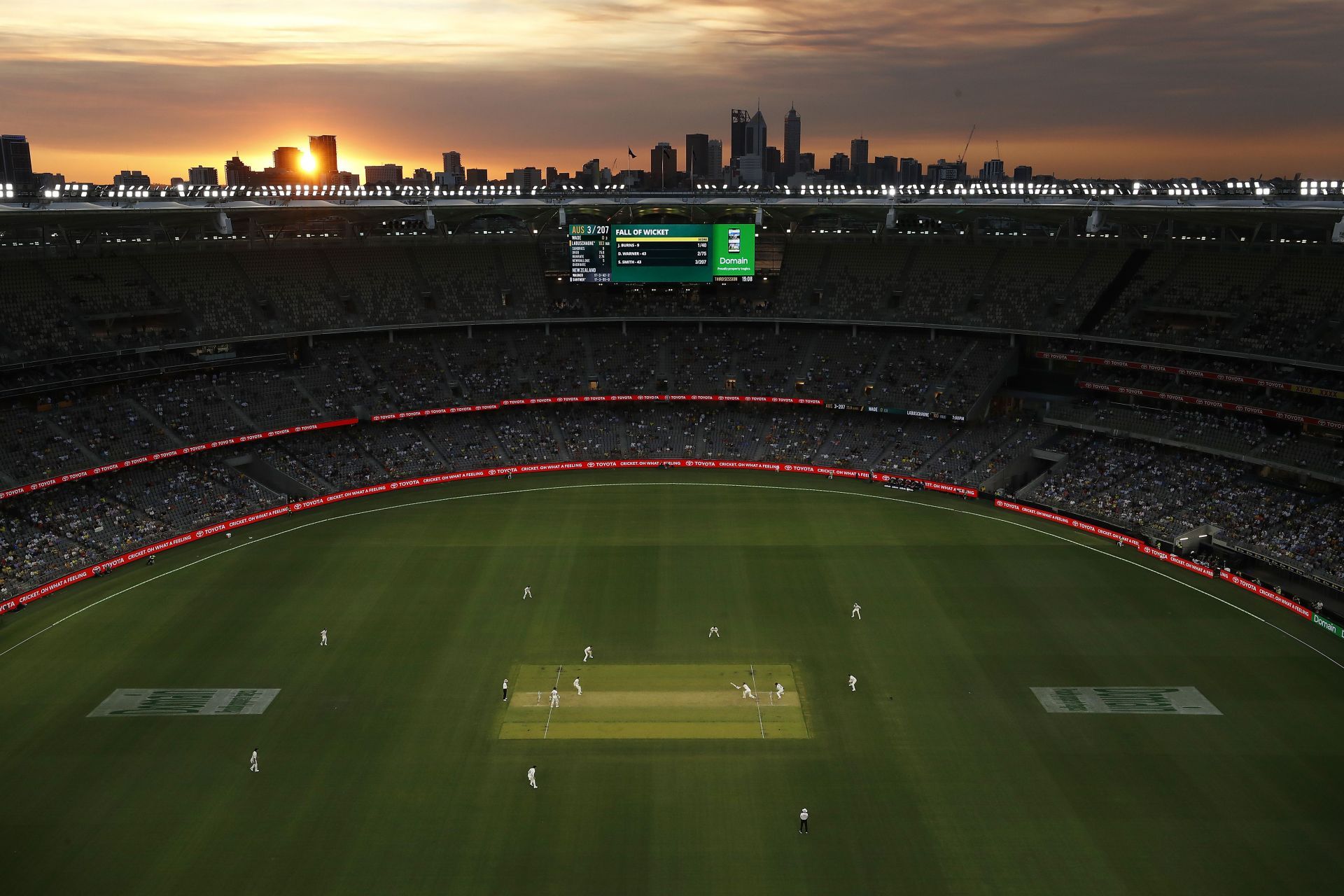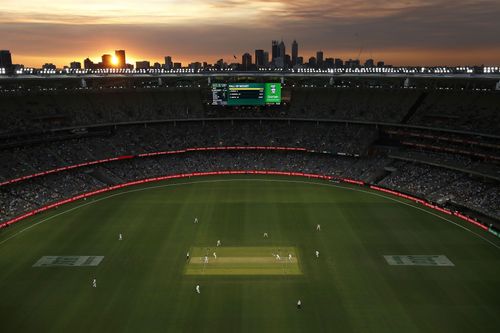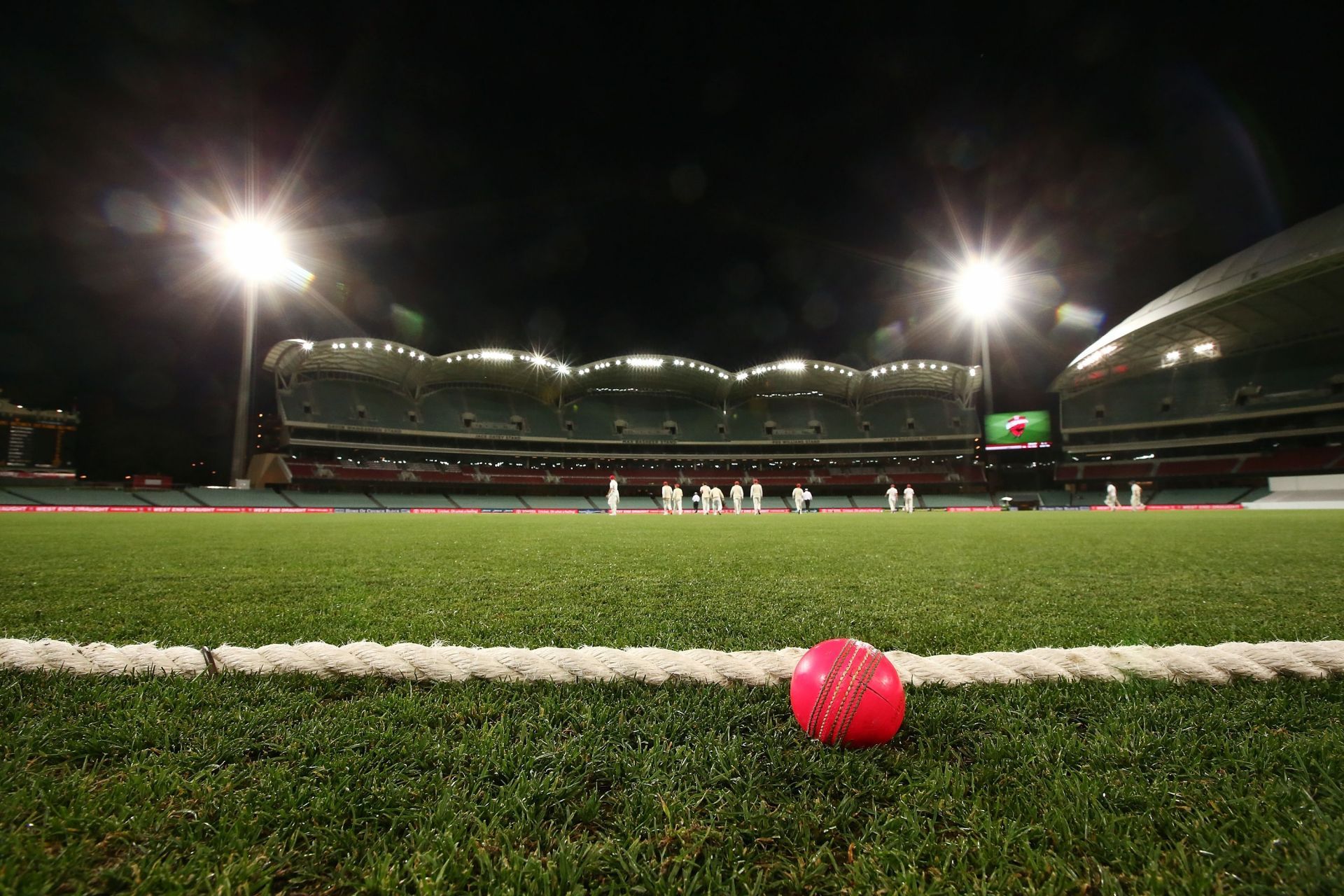
England looking to challenge Australia's day-night Test dominance

Since the advent of the day-night Test in 2015, Australia have won eight out of eight matches in the game's newest format. England's record reads one win and three losses from their four pink-ball encounters.
The second Ashes Test, which starts today in Adelaide (the traditional pink ball venue) will be the first of two day-night Tests in the 2021/22 Ashes series. Perth was deemed unsuitable to host the fifth Test, and it has since been relocated and rescheduled to a day-night fixture in Hobart.
The two sides have met once in a day-night Test, which resulted in a thumping 120-run victory for Australia during the the 2017/18 Ashes series.
England's only victory in day-night Tests came in 2017 against the West Indies in Birmingham. Since then, they've suffered losses against Australia in 2017 (120 runs), to New Zealand in 2018 (an innings and 49 runs) and to India in 2021 (10 wickets).
Day-night Tests have not only called forth commercial fruits for organizing bodies, but they have added a new dynamic to the sport - the pink ball has proved to behave differently.
Seam bowlers are widely regarded as the major beneficiaries of the format's advent. A Cricviz analysis reveals that in day-night Tests in Australia, the new pink ball swings by an average +0.90 degrees in the first 10 overs, compared to around 0.84 for the red ball. The pink Kookaburra seams 0.66 degrees on average, compared to 0.55 for the red Kookaburra.

The warm narrative surrounding the match is that England will pull their way back into the series with Stuart Broad and James Anderson - a pair that have amassed 1,156 Test wickets - returning to the side. Due to their close association and love for swing bowling in English conditions, reintegrating the two veterans into the side is thought to bring about an advantage for the tourists.
But Australia's fast bowlers have a marginally better record under lights, perhaps offset by playing more day-night matches.
Mitchell Starc is the most damaging pink-ball prospect in world cricket, with his tally of 46 wickets the highest. Pat Cummins is also in formidable form, taking 26 wickets at an average of just 16.23. Josh Hazlewood, who will miss the Test, has the worst pink-ball record of Australia's fast-bowling trio.
Anderson was left out of the first Test at the Gabba to remain fresh for Adelaide, where he took 5/43 in the 2017/18 Ashes day-nighter. He has taken 14 wickets at an average of 19.3 in day-night Tests, while Broad has 10 wickets at 27.3.
Conversely, batting records plummet during day-night Tests, with an overall batting average of 28.04 runs per wicket in pink-ball Tests in Australia, down from 36.94 for a 'day' Test. Interestingly, Australia's batting average in day-night Tests is 37.01 runs per wicket, higher than England's 22.72.
Pink-ball Tests have also called forth some memorable batting capitulations. In 2018, England were bowled out for just 58, while India recorded their lowest Test total last year in Adelaide (36).
Batting for longer periods of time has also proven more difficult as we are yet to record a draw from 16 overall matches.

